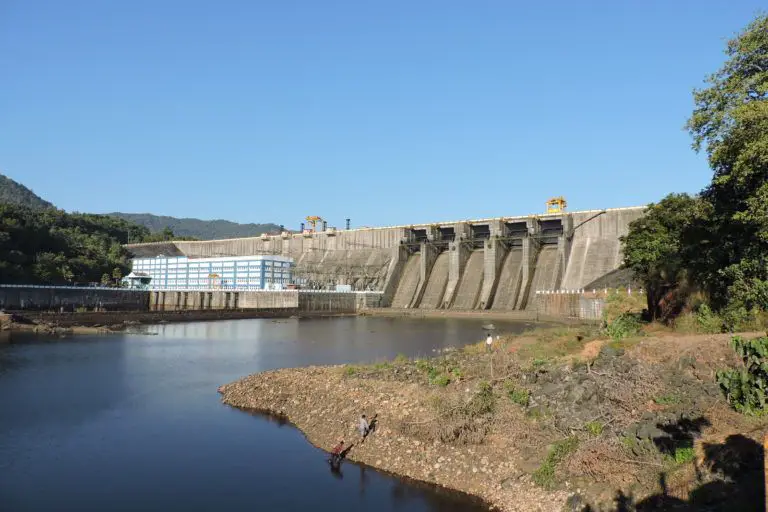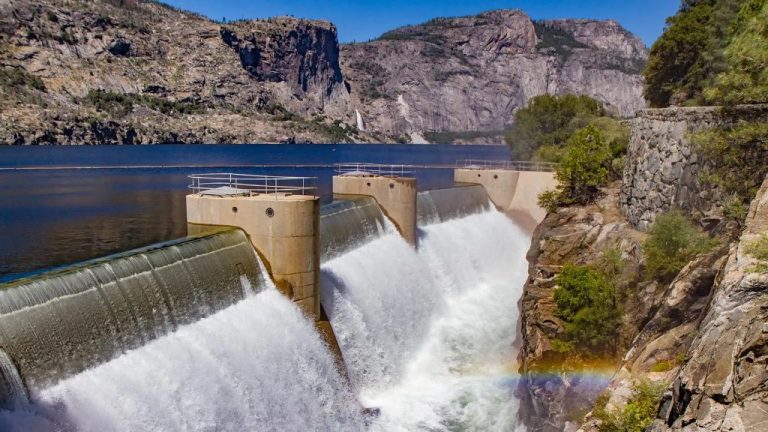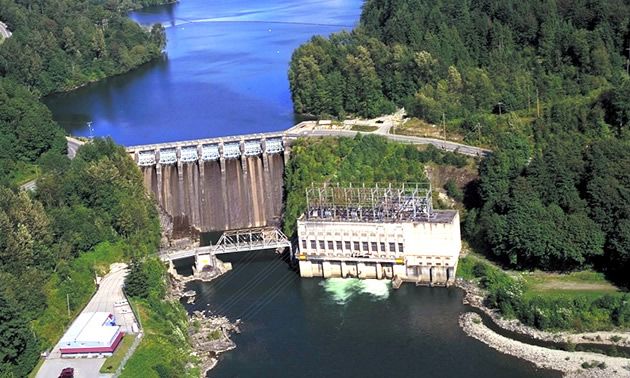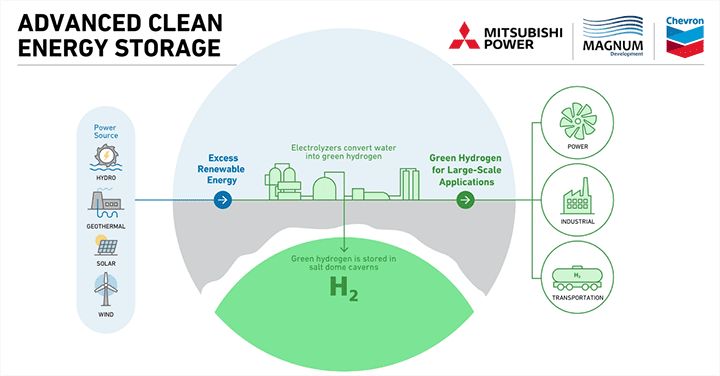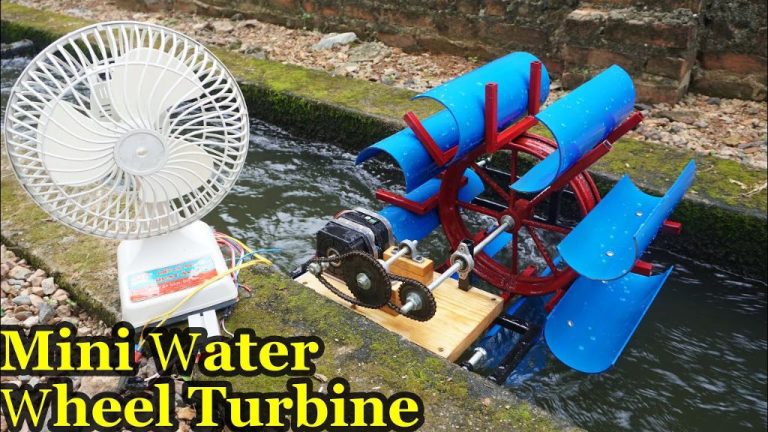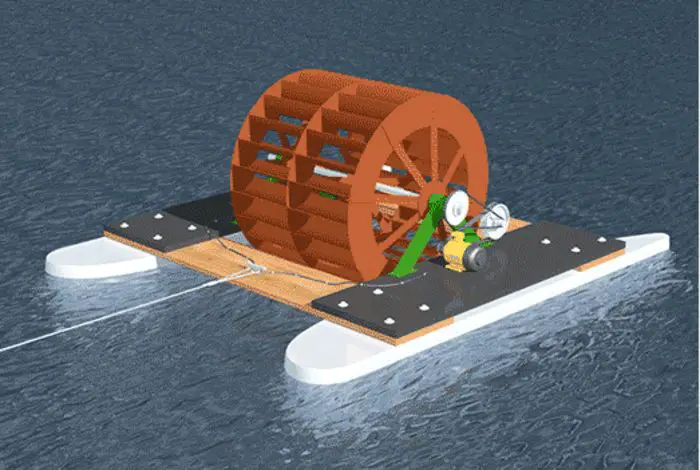Where Is Hydroelectric Energy Available?
# Introduction
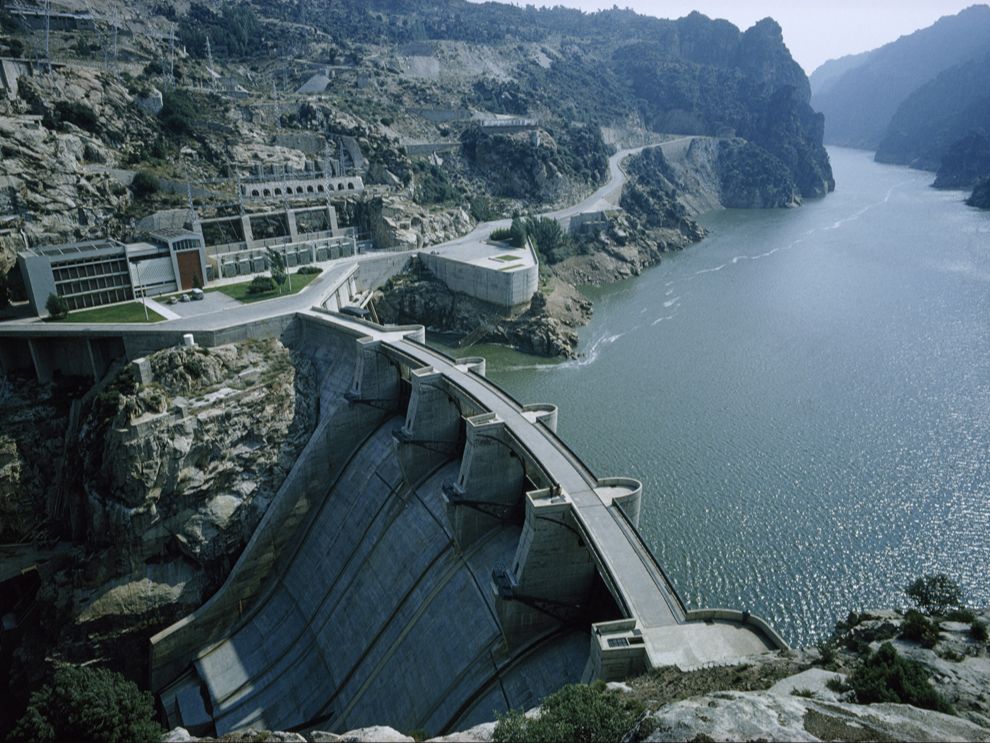
Hydroelectric energy is a type of renewable energy that utilizes the natural energy of flowing or falling water to generate electricity. According to the National Geographic, hydroelectric energy is produced when “the kinetic energy of flowing water is converted into electricity by a hydroelectric power plant” (https://www.nationalgeographic.org/encyclopedia/hydroelectric-energy/). The power plant uses turbines and generators to convert the kinetic energy of the moving water into mechanical power, which then rotates the generator to produce electricity.
Hydroelectric power plants are typically located on or near constantly flowing bodies of water with adequate flow volumes and vertical drop heights, which enables sufficient kinetic energy to be extracted. Rivers, waterfalls, oceans, man-made reservoirs and dams are common sources of hydroelectric energy. Mountainous regions and areas with high annual precipitation provide ideal topographical conditions for hydroelectric dams and reservoirs.
Water Resources
Hydroelectric power generation requires abundant water resources in order to be viable. The most common sources are rivers, waterfalls, and existing dams. Major rivers like the Yangtze in China and the Itaipu between Brazil and Paraguay contain some of the largest hydroelectric facilities in the world. For example, the Three Gorges Dam on the Yangtze River has a capacity of 22,500 MW, making it the largest hydroelectric power station in terms of installed capacity (List of largest hydroelectric power stations). Other major rivers with large hydroelectric capacities include the Congo River in Africa and the Columbia River in North America.
Waterfalls like Niagara on the border between Canada and the U.S. are another important source of hydroelectricity. The immense power of the falling water can be harnessed to generate electricity on a large scale. Existing dams built for flood control, irrigation, and other purposes can also often support hydroelectric power generation. Countries rich in water resources like Brazil, Canada, China, and Russia tend to have the highest hydroelectric capacities.
Mountainous Regions
Mountainous regions around the world offer the ideal topography for hydropower generation. The key factor is elevation, which provides gravitational potential energy for falling water that can be converted into electricity. High mountain ranges like the Himalayas in Asia and the Andes in South America contain many of the best sites globally for large-scale hydropower. For example, the massive Three Gorges Dam in China is located on the Yangtze River in a deep mountain valley. Other leading countries for hydropower like Norway, Switzerland, Austria, and Canada also have abundant elevated areas for building reservoirs and dams.
In the United States, the mountainous western states including California, Washington, and Oregon have the greatest hydropower capacity. High precipitation levels in these mountain ranges provide ample water supply, while the steep change in elevation creates strong water flows that can be harnessed for energy generation. Overall, high mountain elevation is the critical prerequisite worldwide for building hydroelectric stations.
Countries with Most Hydroelectric Capacity
The top countries for hydroelectric capacity in 2022 were China, Brazil, Canada, the United States, and Russia according to Statista [1].
China generates the most hydroelectricity in the world, with over 1,300 terawatt hours produced annually. This accounts for around 30% of global hydroelectric generation [2]. China has invested heavily in hydroelectric dams and stations to provide renewable energy to its large population.
Brazil is second, generating over 400 terawatt hours of hydroelectricity per year. Hydropower accounts for around 65% of Brazil’s electricity mix. Major hydroelectric facilities are located along the Paraná River [3].
Canada, the United States, and Russia round out the top 5 countries for installed hydro capacity. All three produce between 250-400 terawatt hours of hydroelectricity annually. Their abundant water resources and mountainous regions provide ideal conditions for hydropower generation.
Small Scale and Micro Hydro
Small scale hydroelectric projects typically have a capacity under 10 megawatts (MW). They provide clean, renewable energy that can serve isolated communities or feed into the grid. Small hydro plants are often constructed by diverting a portion of river flow through channels or pipes to spin turbines connected to generators. The water is returned to the river downstream.
Small hydro systems can be further categorized into mini hydro (under 1 MW capacity), micro hydro (5-100 kW), and pico hydro (under 5 kW). They provide a decentralized source of electricity generation and do not require large dams or reservoirs. Small hydro can be implemented in most locations with a flowing water source and adequate head height. According to the SSWM, small hydro projects are often financially viable, with payback periods around 5-10 years.
Pumped Storage
Pumped storage hydropower is a type of hydroelectric power that utilities use to store and generate electricity to meet peak demands. Pumped storage plants move water between two reservoirs at different elevations – usually between a lower reservoir and an upper reservoir – to store energy and generate electricity.
At times of lower electric demand, excess electric energy is used to pump water into the upper reservoir. Then, during periods of high electrical demand, water is released back into the lower reservoir through a turbine to generate electricity. This allows energy from intermittent sources like wind and solar to be stored and dispatched when needed, helping the grid accommodate more renewable energy.
Pumped storage generates about 95% of all utility-scale energy storage in the United States. Countries with substantial pumped storage capacity include China, Japan, and several European nations. Advantages of pumped storage include near-instantaneous start-up, exceptional load following capability, and the ability to stabilize transmission grids.
While pumped storage facilities require substantial upfront investments, pumped storage hydropower is the most mature and cost-effective form of grid energy storage available today. With increasing shares of renewable energy and needs for grid flexibility, pumped storage will likely continue growing in the coming decades.
Marine Hydrokinetic
Marine hydrokinetic technologies harness the energy of ocean waves, tides, and currents to generate electricity. The kinetic energy of moving water can be captured through various technologies like tidal turbines that are similar to wind turbines, wave energy converters that use the motion of waves to power turbines, and ocean current turbines placed in high flow areas.
The oceans offer a vast, largely untapped renewable energy resource. According to one estimate, marine energy resources could potentially provide over 400 terawatt-hours per year, or almost half of the electricity demand in the United States.1 However, marine energy is still an emerging industry with most projects in the demonstration phase. Significant potential exists along coastlines, with the most favorable locations having high wave energy, fast tidal currents, and deep waters.
Some key benefits of marine hydrokinetic power include its predictability and continuity compared to variable solar and wind resources. It can provide a stable baseload power supply. Marine energy is also located close to coastal load centers and has a low visual impact from underwater infrastructure. However, potential environmental impacts on marine ecosystems and high infrastructure costs remain challenges to be addressed.
Environmental Considerations
Hydroelectric power plants can have significant environmental impacts, particularly on wildlife habitats and migration. The flooding of land to create reservoirs destroys forests, wetlands, and wildlife habitats. For example, the Three Gorges Dam in China flooded around 400 square miles of land. This flooded habitat for endangered species like the Chinese river dolphin and disrupted the migration of fish like Chinese sturgeon (source). The changes to the ecosystem also increase soil erosion around reservoirs.
Damming rivers alters their natural flow, temperature, and chemical composition which harms native aquatic ecosystems. Fish migration routes can be blocked by dams preventing access to spawning grounds. Fish, mollusks, and other aquatic life can also get injured and killed while passing through hydroelectric turbines (source). Mitigation efforts like fish ladders are not always effective.
Reservoir habitats are different from free-flowing river habitats and favor some invasive species over native ones. Warmer reservoir waters increase algal growth and reduce oxygen levels harming water quality (source). Countries must consider these significant environmental impacts when developing hydroelectric projects.
Economic Viability
The economic viability of hydroelectric power varies significantly by region and project scale. According to the U.S. Energy Information Administration, the levelized cost of energy (LCOE) for hydroelectric in 2020 was $36 per megawatt-hour. This places it among the lowest cost energy sources, comparable to wind and natural gas. However, large-scale hydroelectric dams and reservoirs can cost billions of dollars to construct. As a result, large hydro projects only make economic sense in areas with abundant water flow and ideal topography for dam construction. Small-scale and micro hydro projects have a much lower upfront investment and can be viable in many more locations.
The economics of hydroelectric also depend heavily on region. Developing countries with high energy demand and untapped hydro resources can build very cost-effective dams and reservoirs. But in the U.S. and other developed nations, most of the best hydroelectric sites have already been utilized. New large-scale hydro projects are less common due to environmental concerns and fewer remaining locations with ideal conditions. Overall, hydroelectric remains one of the most mature and economical renewable energy technologies globally. But expanding its use requires carefully evaluating project costs and site-specific factors.
Future Outlook
The future growth outlook for hydroelectric power is promising yet faces some challenges. According to the IEA’s Hydropower Special Market Report, global hydropower capacity is forecast to grow 17% by 2030 to approximately 1,300 GW. The regions with the most potential for new hydroelectric facilities are Asia, Latin America, and Africa. For example, the IEA projects over 50% of new capacity through 2030 will be in China due to massive untapped resources in southwest China.
However, factors like droughts, climate change, environmental concerns, and geological restrictions pose challenges to realizing hydroelectric’s full potential. Droughts can significantly reduce output from existing and planned hydroelectric dams. Climate change is projected to alter rainfall patterns and affect water resources in some regions. There are also growing concerns about dams’ ecological impacts on rivers and displacement of communities. Additionally, feasible sites for new large-scale hydro are becoming more limited worldwide due to most prime locations already being utilized. Therefore, future growth may come more from refurbishing existing dams rather than building new mega-dams.
Overall, hydroelectricity output is still expected to expand globally through 2030, albeit at a slower pace than other renewables like solar and wind. With the right policies and technological innovations, hydropower can continue serving as a major clean electricity source worldwide.

